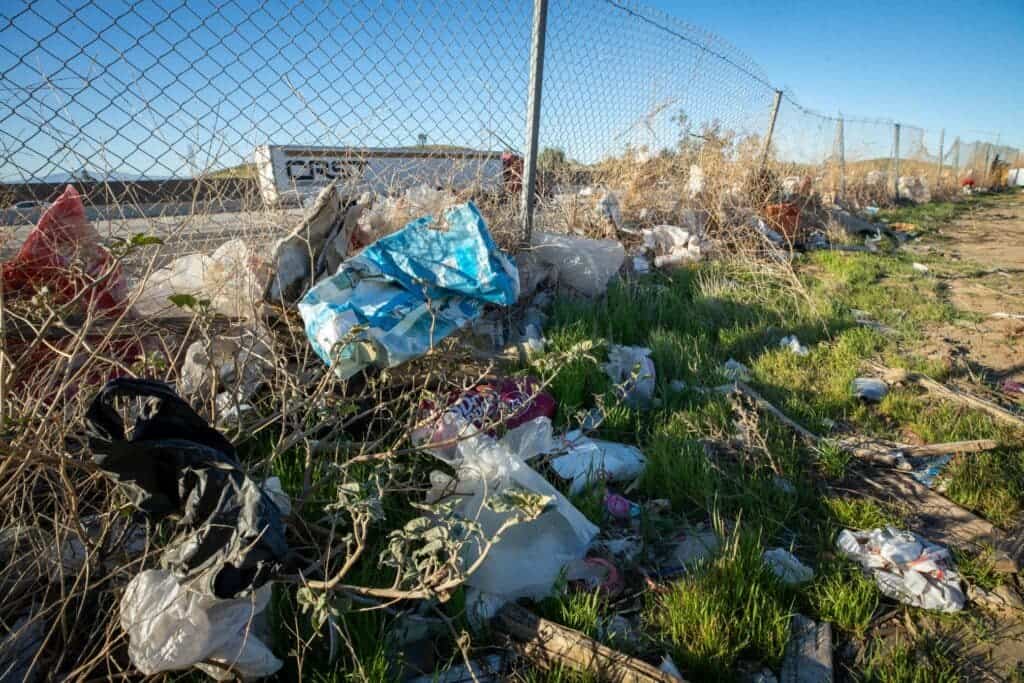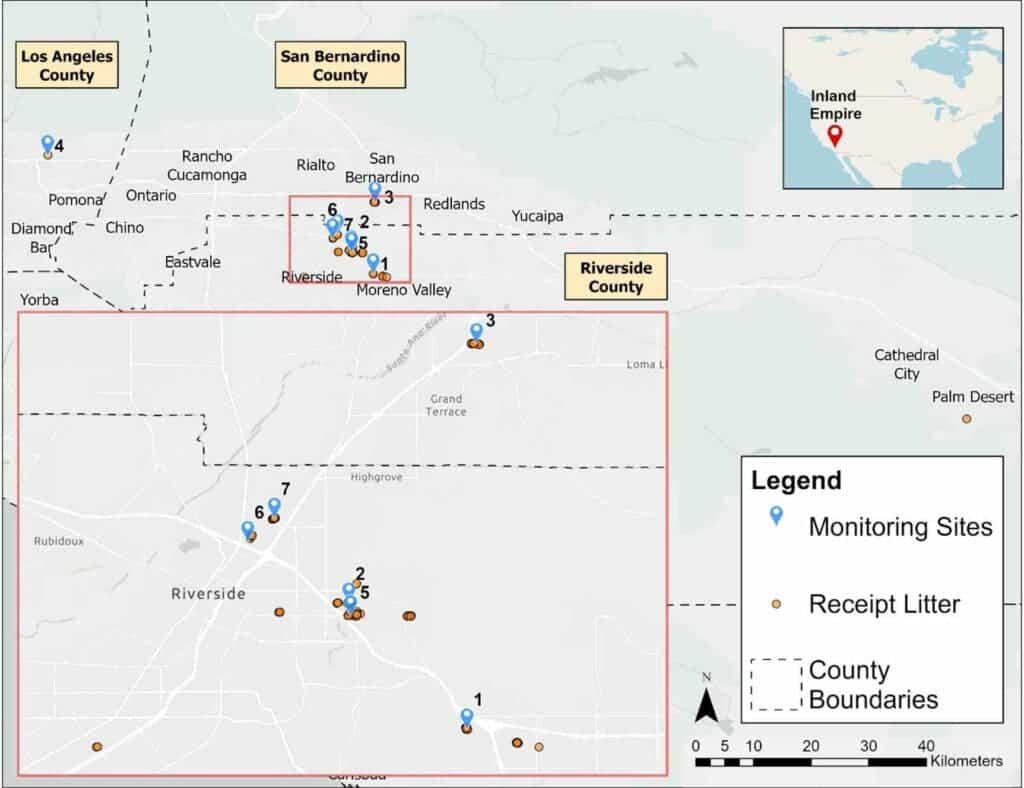Taken any road trips recently? If so, it’s very possible you’ve seen trash alongside the road, from food-related to tobacco products and the ever-present plastic. This isn’t random, or just a localized problem — it’s part of a growing problem that’s starting to take a big toll on the environment. But this problem could have local solutions. In a new study, researchers found that at least in some cases, most trash generates just two miles away from where they were found.

Roadside trash is a growing challenge in many countries around the world, including the US. More vehicles, more people, and more stuff are among the factors worsening the problem over the years. Additionally, the global pandemic has increased the amount of trash, especially for single-use products such as face masks.
Trash on the road can pose safety risks and interrupt traffic flow, especially larger items. Crashes related to debris constitute 0.1% to 0.5% of all crashes. In the US, about $11.5 billion is spent every year to remove all sorts of trash from the road. Every time trash is cleaned, the crew in charge and other road users can be at risk of collision.
There’s also the environmental impact of the roadside trash, which goes beyond the roadway network. Toxic materials like the chemical components of cigarette butts can be washed away and pollute the soils and the groundwater. Light-weight trash can be blown away by the wind or carried by the rain runoff and end up in rivers and drains.
A group of researchers from the University of California, Riverside collected trash in California for a month and then examined its composition, discriminating the manufacturers of many of the items. Thanks to the receipts collected from the roadside, they were also able to determine where the items were purchased.
“There has been a lot of emphasis on individual human behavior as the way to decrease rates of littering,” Andrew Gray, an environmental scientist and study author, said in a statement. “In reality, it’s just as easy or even more accurate to say that if we didn’t produce the stuff in the first place, it wouldn’t get into the environment.”
Looking into the trash
The researchers, a group of undergraduate and graduate students trained in data collection, focused on the Inland Empire region, which includes San Bernardino County and Riverside County in California. The area includes mountains and valley regions and has a robust waste management system, with municipal and private trash collection.
Each of the eighteen researchers surveyed a unique 100-to-1000-meter length of roadside for litter once to three times per week during two to four weeks. Both sides of the road were surveyed at each site, including curb, sidewalk and. Sites were selected based on convenience, so data can’t be generalized to the entire area.

It’s the first study of its kind, the team argues, to do high-resolution surveys of litter accumulation rates on roadsides and identify human transport as a primary mechanism for litter transport. Based on the receipts analyzed, they found that most trash ends up on streets just a short distance from where someone purchased them.
Almost 60% of the materials found on the roadside were plastic. Food-related and tobacco products were the most common ones. The identified branded ones were from were Philip Morris, Mars Incorporated, RJ Reynolds, and Jack in the Box. However, a big number of unbranded objects were also found while doing the survey on the road.
In the study, the researchers argued individuals, policymakers, and manufacturers should work together to solve the problem. Cities have many tools at their disposal, such as bans on items that usually end up outside or increasing street sweeping. They suggested a combination of measures will be necessary to find a lasting solution. While different areas around the globe could have different roadside trash problems, it’s likely that in many areas, the trash originates from nearby and local solutions should be designed.
The study was published in the journal Environmental Research Letters.
Was this helpful?



